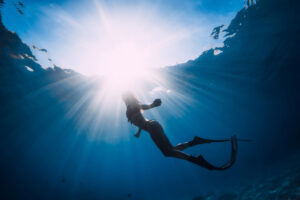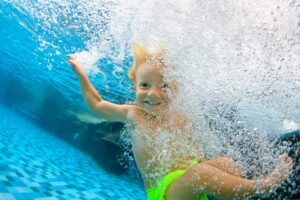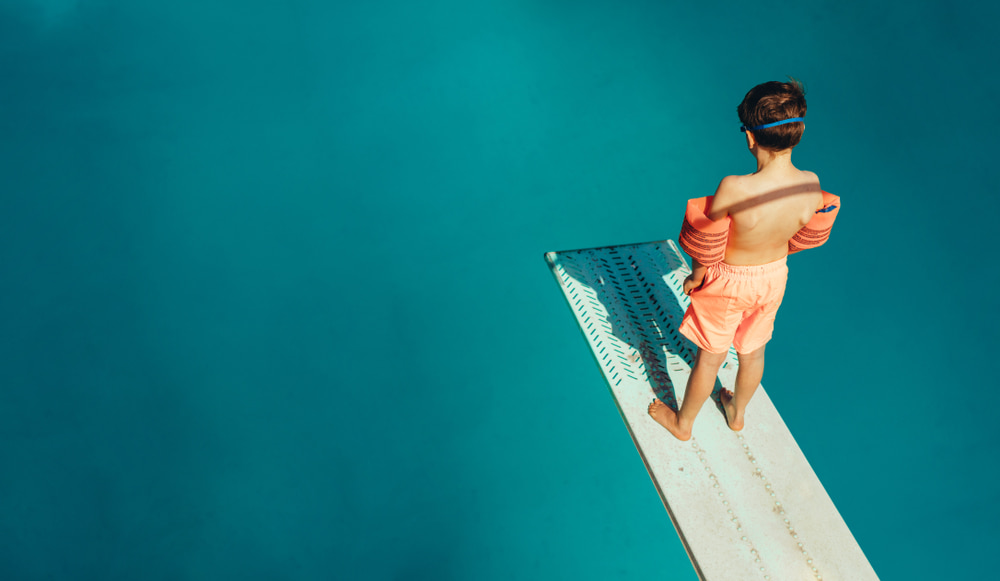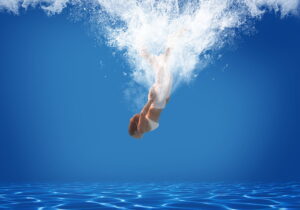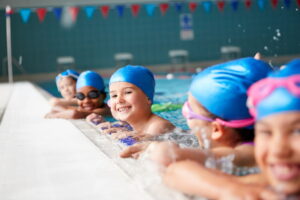Guidelines For Safe Diving in a Swimming Pool
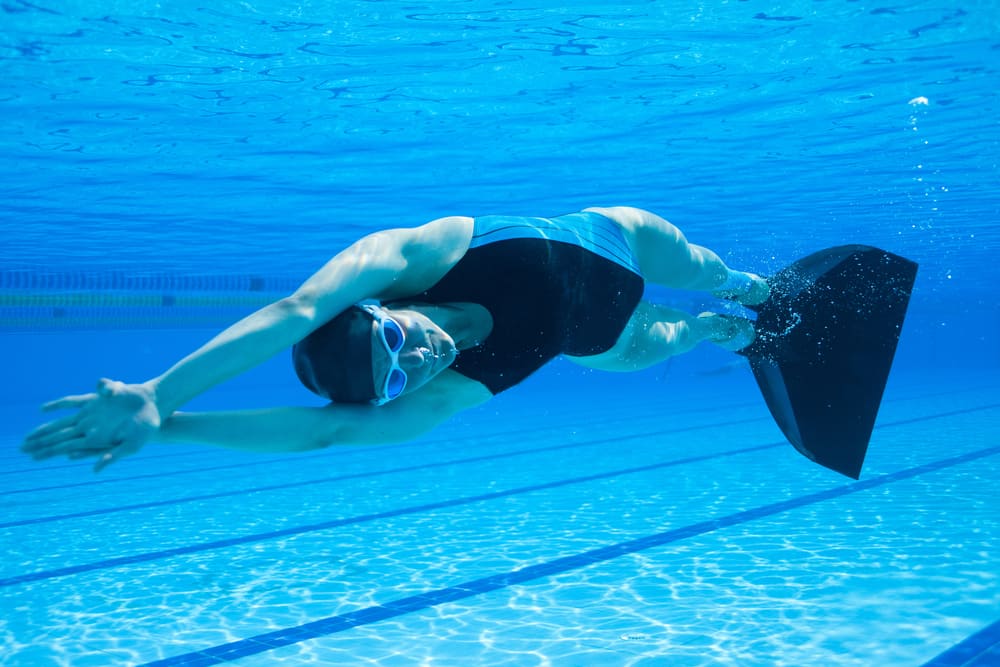
Diving is a great recreational activity that can be practiced by people of all ages. It also allows you to discover and explore the rich world of marine life. Although it’s considered to be a low-impact activity, there are some common mistakes and even ways to get hurt. It’s therefore best to try it out in a safe environment.
Your safest bet would be an indoor pool in San Diego where you can exercise and improve your skills, or where your toddler can have his or her first swim lessons. Keep on reading to learn more about all aspects of diving in indoor pools.
How deep should a pool be for diving?
A swimming pool should be at least 9 – 10 feet deep in order to be considered safe for diving. Some professional divers use specialized tanks that are considerably deeper: 30 feet or more.
If the pool has multiple depths, the diving area should be visibly marked. Also, you will notice that diving areas have a diving board or a slide. The higher the board, the deeper the pool should be. Avoid jumping from the board if it isn’t explicitly permitted for guests.
Is diving harder than swimming?
This question isn’t easy to answer, as there’s a heated debate among professional swimmers and divers. Although both activities overlap in terms of environment and physical prowess, they require different sets of skills.
Swimming focuses on speed, stamina and endurance, so many experts agree that the sheer intensity of it makes it harder than diving. Swimming develops major muscle groups such as:
- Core abdominal muscles, as they keep the body in the streamlined position
- Forearm muscles, that enable better propulsion in water
- Shoulder and deltoid muscles, that help expand the arm reach in the water,
- Gluteal muscles, as they balance the body and help with propulsion.
However, competitive diving has its own challenges and requires acrobatic skill and mental focus. Professional diving therefore develops the following competences:
- Kinesthetic awareness
- Breathing skills
- Core muscle strength
- Flexibility
- Precise timing skills
You shouldn’t confuse competitive diving with the following diving disciplines:
- scuba diving, which involves much more equipment, mainly a container of compressed air and professional gear,
- freediving, which focuses on conquering depths without a breathing aid.
- other underwater sports like underwater football, hockey, snorkeling etc.
Namely, all of the above mentioned activities rely on a similar set of skills to some extent and it’s impossible to say which is the most demanding. As an amateur, pick the one that gives you most pleasure and is best suited for your physical condition and ability.
How do you practice diving in a pool?
You can definitely practice some diving skills in an indoor or outdoor pool. Regardless of the environment, put safety first and make sure that you’re supervised if you’re a novice. If you’re a parent teaching your own children to swim or dive, put special emphasis on treading water and proper body positioning.
Besides learning how to dive into a pool, it’s vital to practice buoyancy, which means keeping the body stable underwater. Firstly, you’ll try to fully submerge and kneel in the pool while you’re breathing out. This will require some patience as you’d have to keep your legs and arms steady. Over time, you’ll develop skills that will enable advanced hovering positions and underwater movement.
Knowing the right diving techniques will help you avoid some of the common mistakes that could lead to minor injuries or chronic conditions. It’s therefore key to receive guidance from a professional instructor.
Where in San Diego, CA can I find toddler swim lessons?
Finding versatile and well-equipped pools adjusted to your preschool children that follow high safety standards can be hard. However, residents of San Diego and the neighboring areas don’t have to look far to find the ideal place.
Our facility is located near the Vacation Isle in the Mission Bay area. The Plunge has been in the industry for the better part of the Twentieth century, offering a luxurious pool and gym on our premises. Here’s where you can relax, work out and throw parties for your family and friends. You’ll also have an opportunity to book one of our many swimming courses with experienced instructors.
Call us today and try out some of our attractive amenities.
